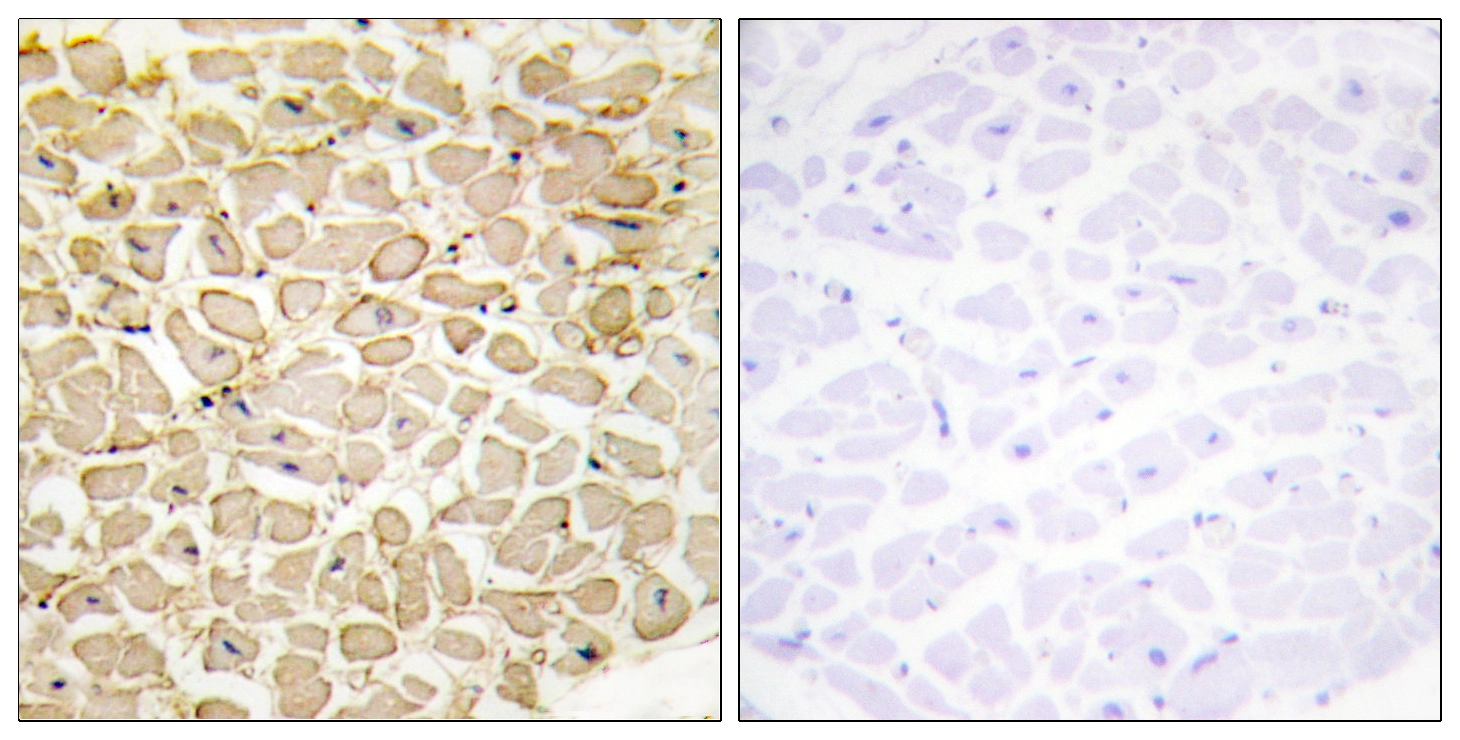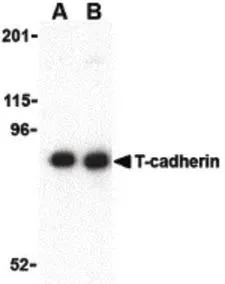
WB analysis of 3T3 lysate using GTX85891 CDH13 antibody. Dilution : 0.5 microg/mL (Lane A) and 1 microg/mL (Lane B)
CDH13 antibody
GTX85891
ApplicationsImmunoFluorescence, Western Blot, ELISA, ImmunoCytoChemistry, ImmunoHistoChemistry, ImmunoHistoChemistry Paraffin
Product group Antibodies
TargetCDH13
Overview
- SupplierGeneTex
- Product NameCDH13 antibody
- Delivery Days Customer9
- Application Supplier NoteWB: 0.5-1 microg/mL. ICC/IF: 20 microg/mL. IHC-P: 5 microg/mL. *Optimal dilutions/concentrations should be determined by the researcher.Not tested in other applications.
- ApplicationsImmunoFluorescence, Western Blot, ELISA, ImmunoCytoChemistry, ImmunoHistoChemistry, ImmunoHistoChemistry Paraffin
- CertificationResearch Use Only
- ClonalityPolyclonal
- Concentration1 mg/ml
- ConjugateUnconjugated
- Gene ID1012
- Target nameCDH13
- Target descriptioncadherin 13
- Target synonymsCDHH, P105, cadherin-13, H-cadherin (heart), T-cad, T-cadherin, cadherin 13, H-cadherin (heart), heart cadherin
- HostRabbit
- IsotypeIgG
- Protein IDP55290
- Protein NameCadherin-13
- Scientific DescriptionThis gene encodes a member of the cadherin superfamily. The encoded protein is localized to the surface of the cell membrane and is anchored by a GPI moiety, rather than by a transmembrane domain. The protein lacks the cytoplasmic domain characteristic of other cadherins, and so is not thought to be a cell-cell adhesion glycoprotein. This protein acts as a negative regulator of axon growth during neural differentiation. It also protects vascular endothelial cells from apoptosis due to oxidative stress, and is associated with resistance to atherosclerosis. The gene is hypermethylated in many types of cancer. Alternative splicing results in multiple transcript variants encoding different isoforms. [provided by RefSeq, May 2011]
- Storage Instruction-20°C or -80°C,2°C to 8°C
- UNSPSC12352203

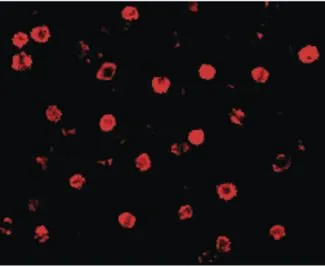
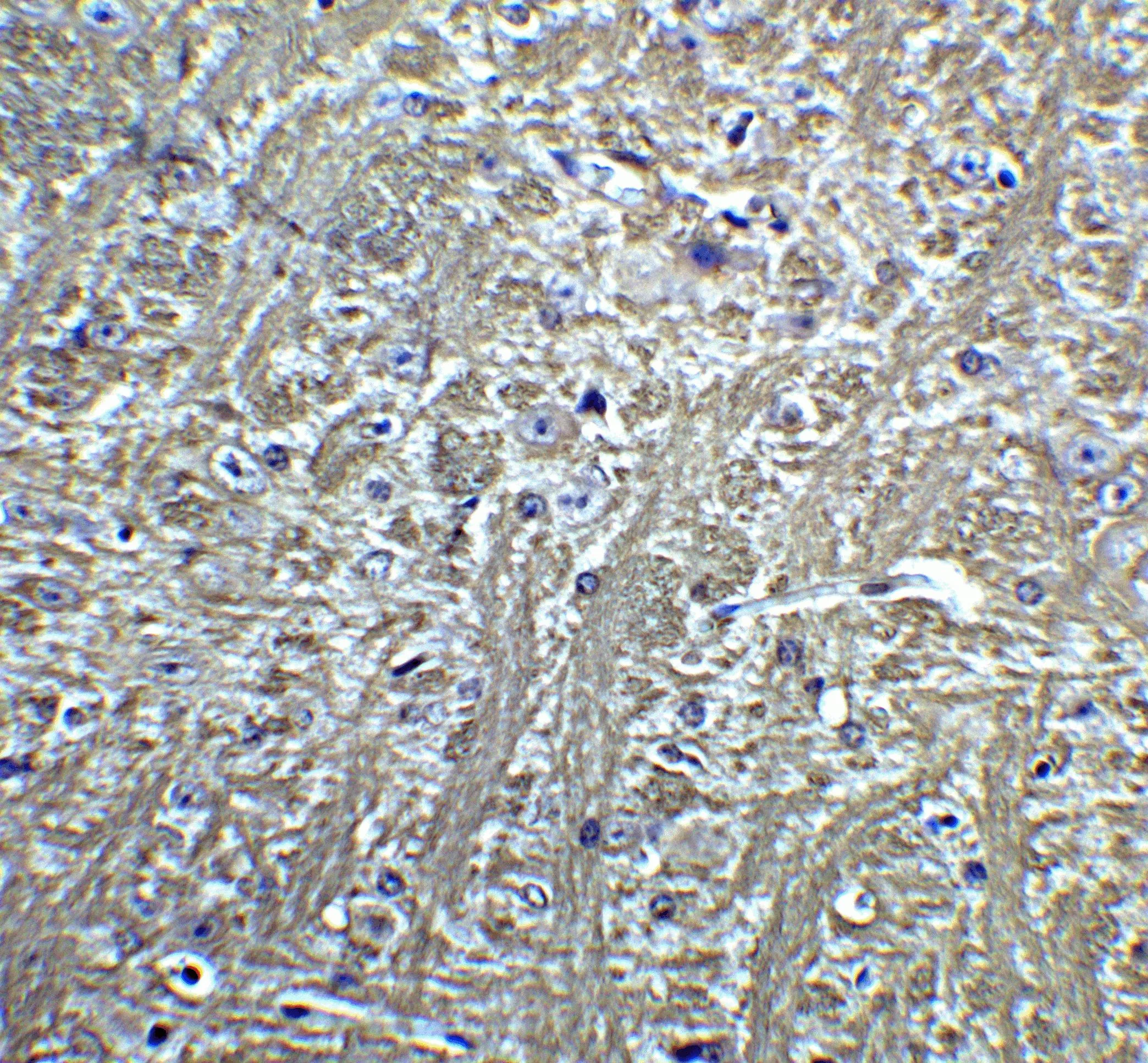
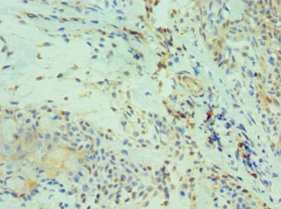

![ICC/IF analysis of COS7 cells transiently transfected with CDH13 plasmid using GTX84697 CDH13 antibody [3H6].](https://www.genetex.com/upload/website/prouct_img/normal/GTX84697/GTX84697_1195_ICCIF_w_23061420_529.webp)
